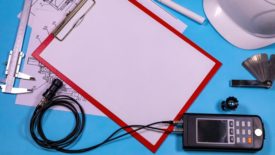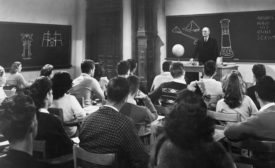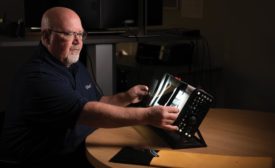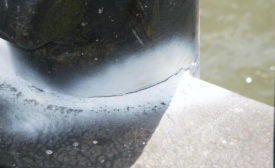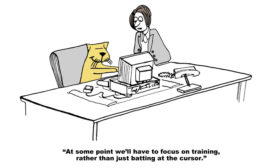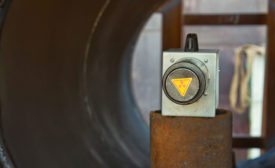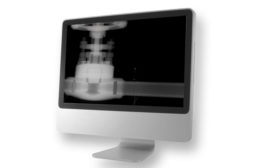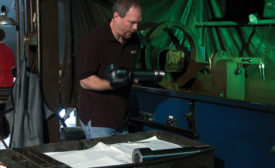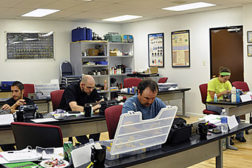Charles J. Hellier
Charles J. Hellier, PE is the vice president of NDT Classroom Inc. For more information, email [email protected] or visit www.ndtclassroom.com.
ARTICLES
NDT | Training
The technology of NDT deserves and requires excellence in training programs.
Read More
NDT Terminology: Choosing Your Words Wisely
Help us clear up the confusion of NDT terminology.
March 3, 2021
The Evolution of NDT Training
The need for training has always been essential to the growth of NDT
November 1, 2020
Radiographic Image Interpretation: Doing it Right
The process of radiographic interpretation consists of many variables with the major objective being achieving the highest possible quality level.
June 11, 2020
Magnetic Particle Testing 101: A Tutorial
Current codes, specifications and contracts usually require MT personnel to be certified.
October 1, 2018
NDT Personnel Certification and Training: It’s Time to Do It Right
There are still far too many organizations involved with NDT not following the recommended practice or standards.
June 1, 2017
Human Factors Affecting Disagreements Among Interpreters
In the second part of a two-part series, we look at factors affecting probability of detection.
November 1, 2016
Variances and Human Factors in Radiographic Image Interpretation
As conventional film radiographic testing continues transitioning to the digital or computed RT process, the POD method of analysis is likely to improve significantly.
June 1, 2016
Key Elements of Magnetic Particle Testing
Magnetic particle examination is a very effective nondestructive examination method for the detection of surface and near surface discontinuities.
August 10, 2015
NDT WEB EXCLUSIVE
The Need for Quality NDT Training
NDT training is an essential foundation of personnel qualification.
November 4, 2014
Stay in the know with Quality’s comprehensive coverage of
the manufacturing and metrology industries.
eNewsletter | Website | eMagazine
JOIN TODAY!Copyright ©2024. All Rights Reserved BNP Media.
Design, CMS, Hosting & Web Development :: ePublishing
